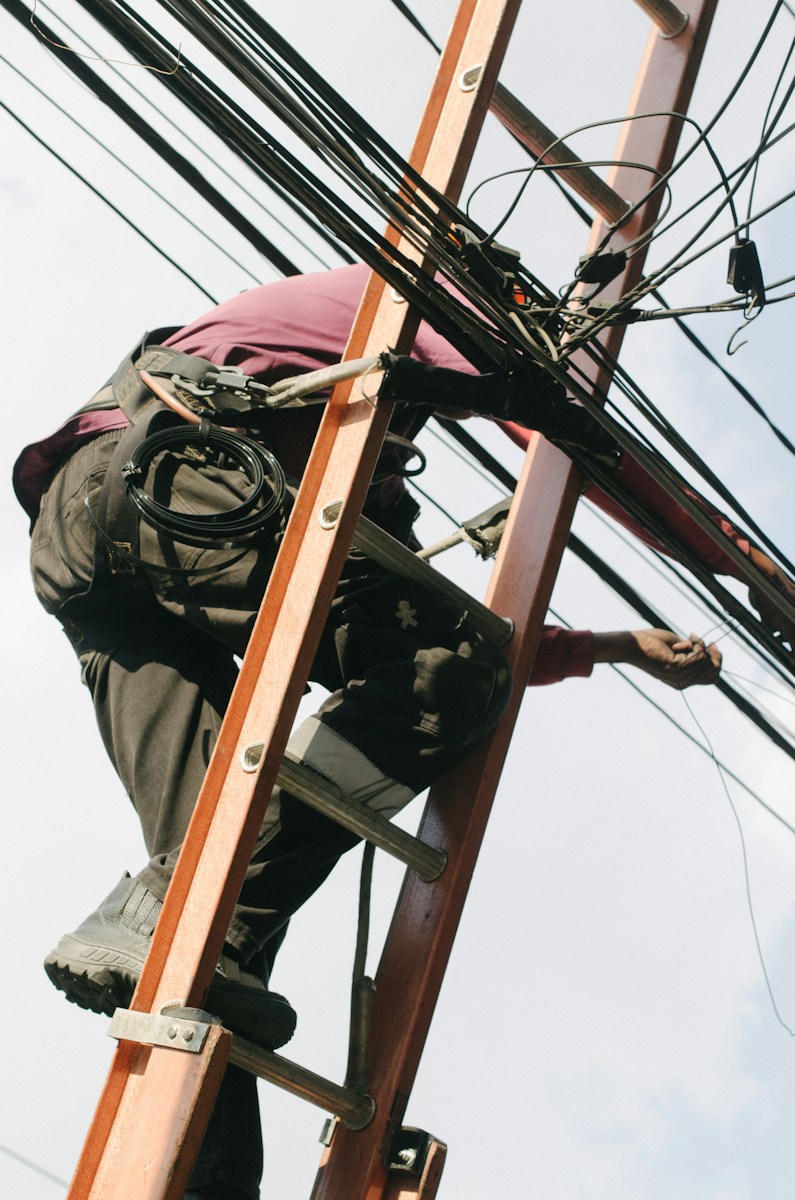Workplace injuries can occur in various forms, each presenting unique risks and challenges for both employers and employees. Among the most common types of workplace injuries are thermal, chemical, and electrical injuries, each with its own set of causes, symptoms, and prevention measures. In Arizona, where industries such as construction, manufacturing, and agriculture are prominent, understanding these types of injuries is crucial for promoting workplace safety and minimizing risk. The Phoenix work injury attorneys explore each type of injury and how they can be prevented in the Arizona workplace.
Thermal Injuries
Thermal injuries, often caused by exposure to extreme heat or fire, are prevalent in industries such as construction, welding, and food service. In Arizona’s hot climate, outdoor workers are particularly susceptible to heat-related illnesses such as heat exhaustion and heat stroke. Additionally, workers in industrial settings may be at risk of burns from hot surfaces, steam, or flames.
Symptoms of thermal injuries can range from minor burns to severe tissue damage, depending on the extent of exposure. It’s essential for employers to implement measures to prevent thermal injuries, including providing adequate ventilation, hydration stations, and personal protective equipment (PPE) such as heat-resistant clothing and gloves. Regular training on heat safety and emergency response procedures can also help employees recognize and respond to signs of heat-related illness promptly.
Chemical Injuries
Chemical injuries can occur when workers are exposed to hazardous substances such as acids, solvents, or toxic fumes. In Arizona, industries such as mining, agriculture, and manufacturing may involve the use of chemicals that pose a risk to workers’ health and safety. Inhalation, skin contact, or ingestion of hazardous chemicals can lead to a range of health problems, including respiratory issues, skin irritation, and chemical burns.
Preventing chemical injuries requires strict adherence to safety protocols, including proper storage, handling, and disposal of hazardous substances. Employers should provide comprehensive training on chemical safety, including the use of personal protective equipment such as gloves, goggles, and respirators. Additionally, regular workplace inspections and hazard assessments can help identify and mitigate potential chemical hazards before they cause harm to employees.
Electrical Injuries
Electrical injuries are a significant concern in industries where workers come into contact with live electrical equipment or wiring, such as construction, utilities, and telecommunications. In Arizona, where electrical storms are common during certain times of the year, outdoor workers may also be at risk of lightning strikes and electrocution.
Electrical injuries can range from minor shocks to severe burns, cardiac arrest, and even death. To prevent electrical injuries, employers should ensure that electrical equipment is properly maintained, grounded, and inspected regularly. Workers should receive training on electrical safety practices, including lockout/tagout procedures and the use of insulated tools when working near live electrical sources. Additionally, employers should provide appropriate PPE, such as rubber gloves and dielectric footwear, to reduce the risk of electrical shock.
Thermal, chemical, and electrical injuries pose significant risks to workers in Arizona’s diverse industries. By understanding the causes and prevention measures for these types of injuries, employers can create safer work environments and protect their employees’ health and well-being. Through comprehensive training, hazard assessments, and the implementation of safety protocols, we can work together to prevent workplace injuries and ensure a safer future for all workers in Arizona.






